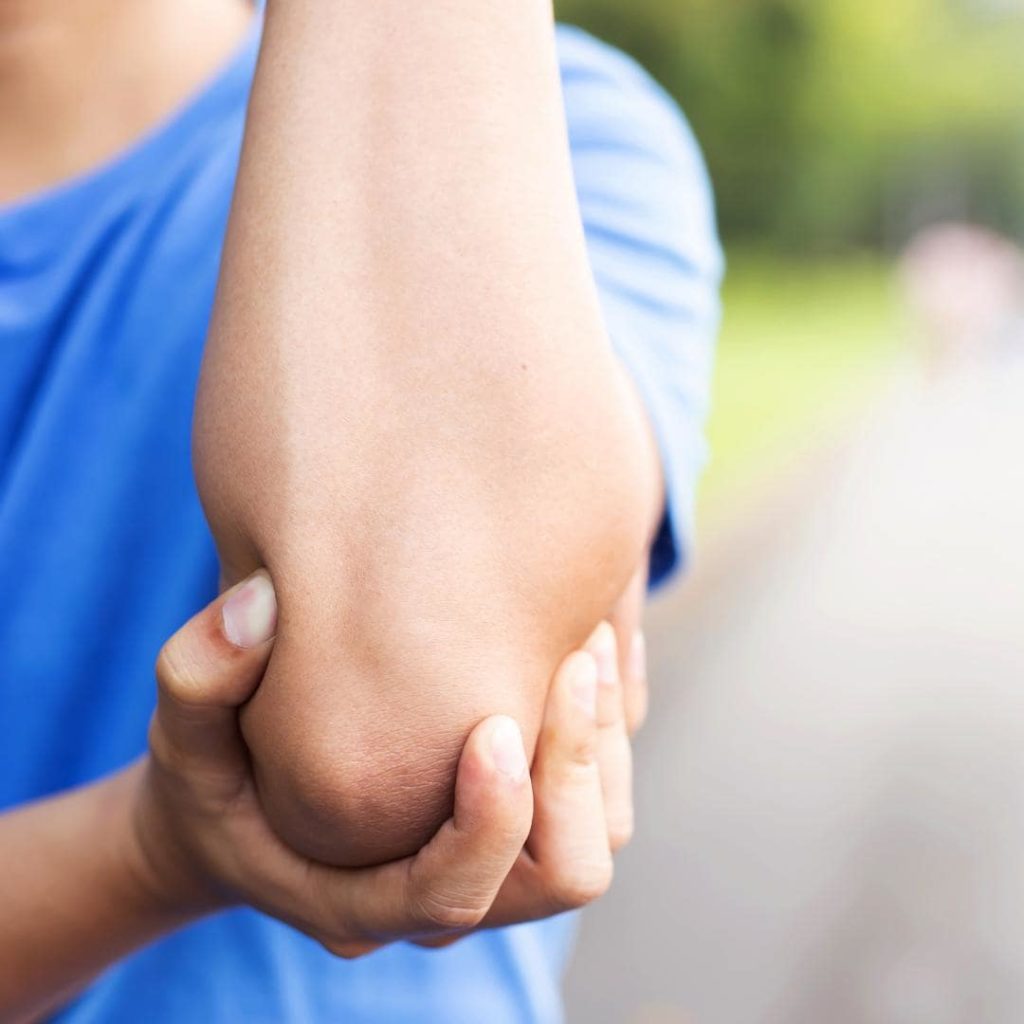
Range of motion injuries can significantly impact your daily life, restricting mobility and causing discomfort. Fortunately, there are benefits of massage therapy for range of motion injuries. Massage can reduce pain and increase range of motion.
Understanding Range of Motion Injuries
Range of motion injuries refer to conditions that limit the normal movement of joints and muscles. These injuries can result from various causes, including trauma, repetitive strain, overuse, or even sedentary lifestyles. Common range of motion injuries encompass conditions like sprains, strains, tendonitis, bursitis, frozen shoulder, tennis elbow, and runner’s knee, among others. Regardless of the specific injury, massage therapy can be an effective complementary treatment option to alleviate pain and promote healing.
How Massage Promotes Healing and Enhances Range of Motion
Massage therapy employs various techniques that target soft tissues, muscles, and joints. These techniques can effectively address range of motion injuries in the following ways:
Increased Blood Flow: Massage stimulates blood circulation, delivering oxygen and nutrients to injured tissues. Enhanced blood flow accelerates the healing process by reducing inflammation and promoting the removal of metabolic waste products.
Pain Relief: Range of motion injuries often result in pain and discomfort. Massage can help alleviate pain by stimulating the release of endorphins, the body’s natural painkillers. Additionally, it can reduce muscle tension, which can contribute to pain and limited range of motion.
Muscle Relaxation: Muscle tightness and spasms can significantly limit range of motion. Massage techniques such as Swedish massage, deep tissue massage, and cupping massage can relax tense muscles, release trigger points, and restore flexibility.
Improved Joint Mobility: Massage therapy can target the joints affected by range of motion injuries. Techniques like joint mobilization and passive stretching can help improve joint flexibility and restore normal range of motion.
Scar Tissue Management: In some cases, range of motion injuries may lead to the formation of scar tissue. Massage techniques such as myofascial release and cross-fiber friction can help break down scar tissue, allowing for improved movement and reduced pain.
Different Range of Motion Injuries and How Massage can Help
Sprains and Strains: Massage can be applied to reduce pain, decrease swelling, and restore flexibility. Techniques like effleurage, petrissage, and lymphatic drainage can aid in healing.
Tendonitis: Massage can help reduce inflammation, improve blood flow, and alleviate pain associated with tendonitis. Gentle techniques, such as friction massage and myofascial release, can be employed to target affected tendons.
Frozen Shoulder: Massage can play a crucial role in restoring shoulder mobility by reducing muscle tightness and adhesions. Techniques like passive stretching, deep tissue massage, and cupping can aid in releasing the shoulder joint.
Tennis Elbow: Massage can help reduce pain and promote healing in the tendons affected by tennis elbow. Techniques such as cross-fiber friction and trigger point therapy can be utilized to target the affected areas.
Runner’s Knee: Massage techniques, including effleurage and kneading, can help reduce muscle tightness around the knee and alleviate pain. Massage can also address compensatory muscle imbalances that may contribute to the condition.
To fully increase range of motion, it is often necessary to schedule a series of massages. Range of motion injuries can involve muscle tightness, scar tissue, and joint restrictions, which may require consistent and progressive treatment. A single massage session can provide temporary relief and some improvement, but long-lasting changes in range of motion typically require multiple sessions over time.
Each massage builds upon the previous one, gradually loosening tight muscles, breaking down scar tissue, and improving joint mobility. The cumulative effect of a series of massages allows the body to adapt and respond to the therapeutic interventions, leading to more significant and sustainable improvements in range of motion. By scheduling a series of massages, individuals can optimize their chances of achieving their desired results and restoring optimal movement and flexibility.
If you are experiencing range of motion problems, please reach out so we can get you scheduled.